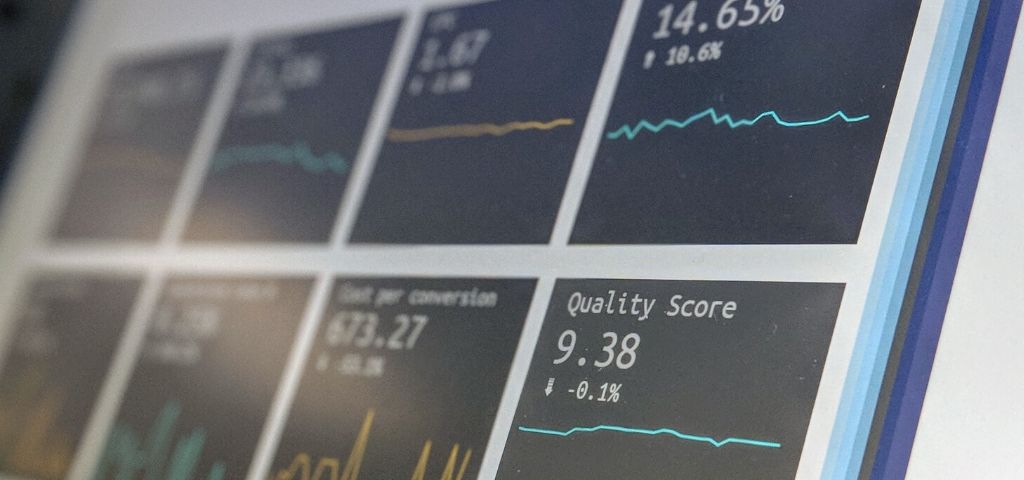
Monitoring Microservices and Containers


Monitoring applications and infrastructure is a critical part of IT Operations. Among other things, monitoring provides alerts on failures, alerts on deteriorations that could potentially lead to failures, and performance data that can be analysed to gain insights. AI-led IT Ops Platforms like ZIF use such data from their monitoring component to deliver pattern recognition-based predictions and proactive remediation, leading to improved availability, system performance and hence better user experience.
The shift away from monolith applications towards microservices has posed a formidable challenge for monitoring tools. Let’s first take a quick look at what microservices are, to understand better the complications in monitoring them.
A single application(monolith) is split into a number of modular services called microservices, each of which typically caters to one capability of the application. These microservices are loosely coupled, can communicate with each other and can be deployed independently.
Quite likely the trigger for this architecture was the need for agility. Since microservices are stand-alone modules, they can follow their own build/deploy cycles enabling rapid scaling and deployments. They usually have a small codebase which aids easy maintainability and quick recovery from issues. The modularity of these microservices gives complete autonomy over the design, implementation and technology stack used to build them.
Microservices run inside containers that provide their execution environment. Although microservices could also be run in virtual machines(VMs), containers are preferred since they are comparatively lightweight as they share the host’s operating system, unlike VMs. Docker and CoreOS Rkt are a couple of commonly used container solutions while Kubernetes, Docker Swarm, and Apache Mesos are popular container orchestration platforms. The image below depicts microservices for hiring, performance appraisal, rewards & recognition, payroll, analytics and the like linked together to deliver the HR function.

Since all good things come at a cost, you are probably wondering what it is here… well, the flip side to this evolutionary architecture is increased complexity! These are some contributing factors:
Exponential increase in the number of objects: With each application replaced by multiple microservices, 360-degree visibility and observability into all the services, their interdependencies, their containers/VMs, communication channels, workflows and the like can become very elusive. When one service goes down, the environment gets flooded with notifications not just from the service that is down, but from all services dependent on it as well. Sifting through this cascade of alerts, eliminating noise and zeroing in on the crux of the problem becomes a nightmare.
Shared Responsibility: Since processes are fragmented and the responsibility for their execution, like for instance a customer ordering a product online, is shared amongst the services, basic assumptions of traditional monitoring methods are challenged. The lack of a simple linear path, the need to collate data from different services for each process, inability to map a client request to a single transaction because of the number of services involved make performance tracking that much more difficult.
Design Differences: Due to the design/implementation autonomy that microservices enjoy, they could come with huge design differences, and implemented using different technology stacks. They might be using open source or third-party software that makes it difficult to instrument their code, which in turn affects their monitoring.
Elasticity and Transience: Elastic landscapes where infrastructure scales or collapses based on demand, instances appear & disappear dynamically, have changed the game for monitoring tools. They need to be updated to handle elastic environments, be container-aware and stay in-step with the provisioning layer. A couple of interesting aspects to handle are: recognizing the difference between an instance that is down versus an instance that is no longer available; data of instances that are no longer alive continue to have value for analysis of operational efficiency or past performance.
Mobility: This is another dimension of dynamic infra where objects don’t necessarily stay in the same place, they might be moved between data centers or clouds for better load balancing, maintenance needs or outages. The monitoring layer needs to arm itself with new strategies to handle moving targets.
Resource Abstraction: Microservices deployed in containers do not have a direct relationship with their host or the underlying operating system. This abstraction is what helps seamless migration between hosts but comes at the expense of complicating monitoring.
Communication over the network: The many moving parts of distributed applications rely completely on network communication. Consequently, the increase in network traffic puts a heavy strain on network resources necessitating intensive network monitoring and a focused effort to maintain network health.
This is a high-level laundry list of what needs to be done/measured while monitoring microservices and their containers.
As we’ve seen, monitoring microservices in a containerized world is a whole new ball game. In the highly distributed, dynamic infra environment where ephemeral containers scale, shrink and move between nodes on demand, traditional monitoring methods using agents to get information will not work. The monitoring system needs to automatically discover and track the creation/destruction of containers and explore services running in them.
Microservices:
Containers:
Granularity and Aggregation: With the increase in the number of objects in the system, it is important to first understand the performance target of what’s being measured – for instance, if a service targets 99% uptime(yearly), polling it every minute would be an overkill. Based on this, data granularity needs to be set prudently for each aspect measured, and can be aggregated where appropriate. This is to prevent data inundation that could overwhelm the monitoring module and drive up costs associated with data collection, storage, and management.
Monitor Containers: The USP of containers is the abstraction they provide to microservices, encapsulating and shielding them from the details of the host or operating system. While this makes microservices portable, it makes them hard to reach for monitoring. Two recommended solutions for this are to instrument the microservice code to generate stats and/or traces for all actions (can be used for distributed tracing) and secondly to get all container activity information through host operating system instrumentation.
Track Services through the Container Orchestration Platform: While we could obtain container-level data from the host kernel, it wouldn’t give us holistic information about the service since there could be several containers that constitute a service. Container-native monitoring solutions could use metadata from the container orchestration platform by drilling into appropriate layers of the platform to obtain service-level metrics.
Adapt to dynamic IT landscapes: As mentioned earlier, today’s IT landscape is dynamically provisioned, elastic and characterized by mobile and transient objects. Monitoring systems themselves need to be elastic and deployable across multiple locations to cater to distributed systems and leverage native monitoring solutions for private clouds.
API Monitoring: Monitoring APIs can provide a wealth of information in the black box world of containers. Tracking API calls from the different entities – microservices, container solution, container orchestration platform, provisioning system, host kernel can help extract meaningful information and make sense of the fickle environment.
Watch this space for more on Monitoring and other IT Ops topics. You can find our blog on Monitoring for Success here, which gives an overview of the Monitorcomponent of ZIF’ AIOps Platform. You can Request a Demo or Watch how ZIF works here.

“ Siva is a long timer at ZIF and has been with the company for close to 15 years. He started his career as a developer and is now an architect with a strong technology background in Java, Big Data, DevOps, Cloud Computing, Containers and Micro Services. He has successfully designed & created a stable Monitoring Platform for ZIF, and designed & driven cloud assessment and migration, enterprise BRMS and IoT based solutions for many of our customers. He is currently focused on building ZIF 4.0, a new gen business-oriented TechOps platform. “
Please complete the form details and a customer success representative will reach out to you shortly to schedule the demo. Thanks for your interest in ZIF!